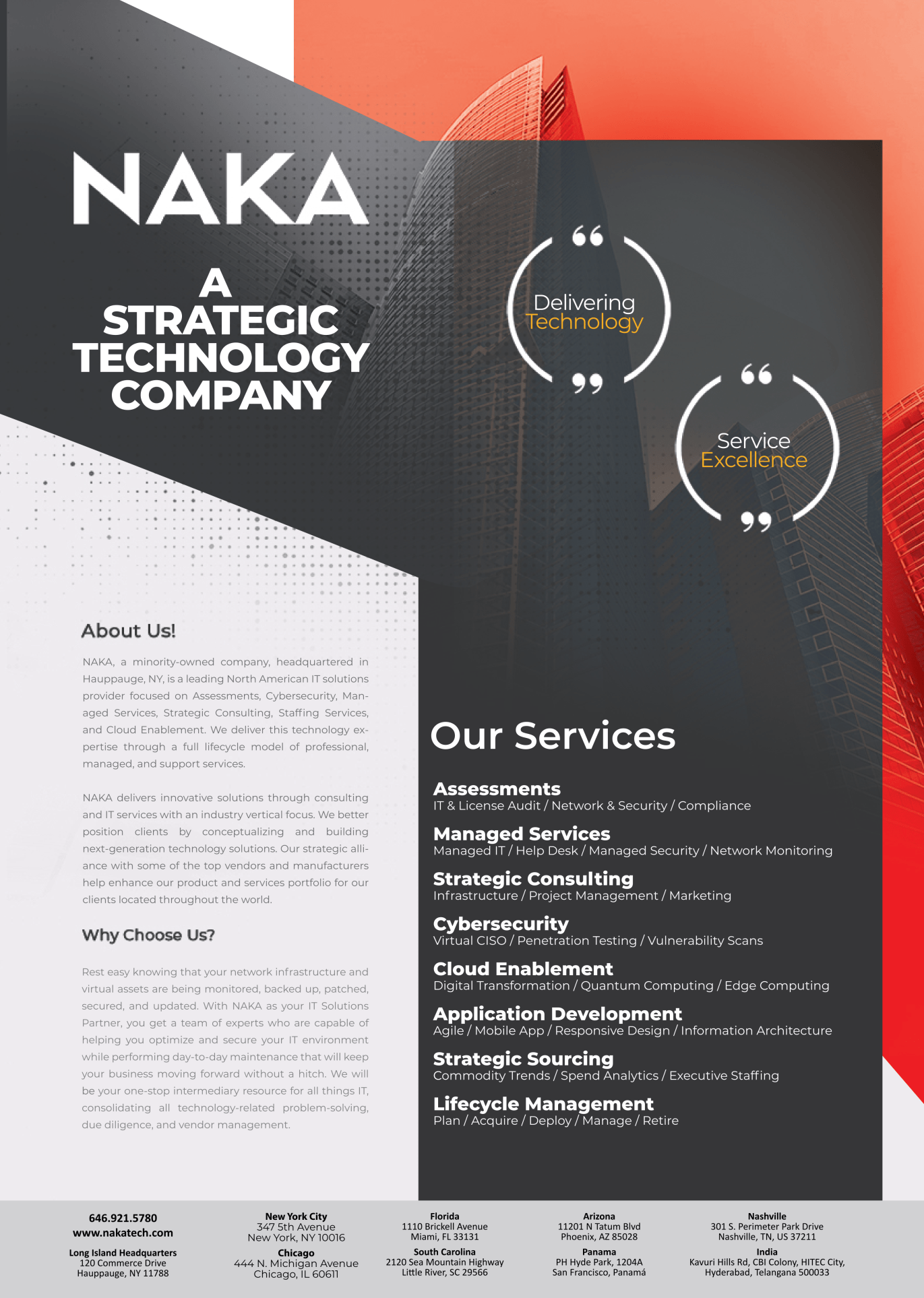Blockchain – A change in pharmaceutical industry

Blockchain – A change in pharmaceutical industry
Consider this, several blocks of information are connected together with a chain that enables recording and distribution. But editing remains out of reach. How and why did we ever reach such a thing? Blockchain technology, sometimes also referred to as distributed ledger technology (DTL) has been the answer to multiple authorizations and integrity-related issues that the internet and online networking have been throwing at us since its inception. If we try to put it in simple words, Blockchain is simply a decentralized distributing medium of information wherein the possibility of any kind of additions or removal remains restricted.
Authenticity has been an ever-evolving issue with threats of cybersecurity and other e-crimes. Inherently in its design blockchain provides the legitimate distribution medium for industries highly reliable on networking mode such as Healthcare, payments, banking etc. For reference let us consider an example of Google documents. Widely used for official purposes, google purposes, google documents provides a platform to upload documents or work files that get shared with a person or a group of people. The catch here is that the file isn’t replicated, copied or transferred- that is the origin of the file remains the same, only the visitors can be allowed to visit it according to the permissions granted.
With a basic conceptual understanding developed let us dive into the other possibilities of blockchain technology with reference to pharmaceuticals.
What is the correlation between blockchain technology and pharmaceuticals?
Pharmaceuticals are the heartbeat of the healthcare system. With the modern medicine in place and multiple complex diseases and ailments accordingly pharmaceuticals have been like the blood vessels for efficient delivery. We can categorize the pharmaceuticals into various steps:
1) Discovery
The seed to any expansion of a product lies in the discovery of it as an idea. Thus the essence of any commodity big or small lies in the discovery.
2) Research
Research and development is the most crucial step in the advancement of any sector. Possibility of innovation and amelioration is seen in this crucial step.
3) Experimentation
Experimentation is the evidence creation for the working condition of any drug made. It ensures its functioning and usage without irreversible damages to the human body and brain.
4) Observation
Observation is the aftermath of experimentation where the results of the drugs are being keenly observed under laboratory conditions and with needed amenities.
5) Clinical Trials
Clinical trials are the most important and highly valuable method of finally reassuring the benefits and the impacts of drugs on usage. Clinical trials lead to a better and closer understanding of our drugs.
6) Development
After the drug is being finalized bulk quantities are being ordered to be produced and to be marketed outside.
7) Distribution
To finally lead the batches of produced drugs into the market at their respective places.
Pharmaceutical industry requires a huge amount of time as its tedious process is supported by the fact that it directly impacts human’s health. It is seldom to see pharma processes completed in a jiffy. But what exactly is the blockchain angle to this sector? The answer lies in the gigantic amounts of data and information that is being stored for continuous monitoring and flowing construction of patterns for particular medicines or it’s impact on patients. Data is the feed for pharmaceuticals to grow and prosper. It allows them to experiment, understand and further innovate their drugs- according to diseases, exceptions in patients, special conditions, rare mutations and so on.
Data- the new feed and issue
Pharmaceutical companies have often found the issue of data disparity or uneven data availability and distribution to be one of the most propelling hindrances when it comes to their growth. Private and public or government-owned sectors are the forerunner of the modern economy. Both the sectors are ruled and governed by a set of instructions or rules drafted according to the requirements and capacities. This heterogeneity in the drafting and implementation may sometimes propel issues relating to the homogeneity in terms of data collection or distribution. This data disparity arises from the silos that store data. Different healthcare facilities have different or varying methodologies and procedures in storing data. This difference in storage processes causes the issues of data disparity which triggers the data authenticity problems in cases of experimentation for medicines.
The dependence on different sources and the inability to get the stored and shared data verified and authenticated creates a major issue when pharmaceuticals call for it. Inadequacies in data have been raising issues for innovative measures and efficient clinical trials. Thus, blockchain can ensure authenticity and prevent any sort of data loss as further consequences.
Cybercrime issues
Cybercrime is nothing new to this online driven world. With growing gadgets and the availability of connectivity via the internet, cybercrime seems to have become quite the norm. It is nothing new that various issues such as hacking, phishing, clickjacking, click-baiting, cookie theft, macro malware, cross-site scripting, etc have been sunk in quite well into this well-spread connectivity.
With the structure and integrity of blockchain technology, cybercrime issues can be minimized and regulated.
Supply chain enhancement
Blockchain has the ability to secure transactions. But why exactly do we need secure transactions? We crave for security in any sphere or matter of life given the very human tendencies that we have. The implications of blockchain in transactions can provide an auditable trail of sequences easily trackable and hence allows any sort of warp in any forms whatsoever.
Because blockchain is a decentralized solution hence any party whether the consumer or the manufacturer can solely cross check and validate the credentials associated with the drug. This would not only allow them to personally delve into the origin of ingredients and the process of it’s extraction but will also allow them to monitor the quality of the drug.
Speeding up the process with the internet of things combined blockchain provides a heads up in business transactions no matter how small or big. The amount of time taken by the transactions whether of national or international nature can be done within a lesser span of time. Authorized holders will form the backbone of the supply chain with no meddling from the middle man thus eliminating the possibilities further.
Any sort of counterfeiting or fraud terms lead to huge financial and profit loss. Blockchain can be the new fuel that ignites innovation with protection.
Regulations and serials
Have you ever noticed the test tubes being labeled clearly with a serial number on it when you appear for the blood test? Why do you think that any specimen has been marked clearly and put in order of serial key generated by the hospitals or any medical facilities. The reason for generating code and putting a serial key on it is compliance with the regulations norms. It is being expected from the medical facilities and laboratories to properly compile data for future references. Blockchain technology will play a very important role in this industry with enhancing its ability to comply with various serialization regulations around the globe.
Covid era and post covid times have given us evidence of how important it is today to align our data for reference. Scientists, researchers and doctors all over the world needed an insight of what’s going on in one’s country to take a lead in prevention and come up with a solution for the hour. Serialization provides them with the unique identification of every drug- individual or in stacks for further distribution. Blockchain can ensure the regulations are followed well because of the absence of a middlemen concept here. Every person involved in this is under strict public scrutiny as the origin of confirmation cannot be altered.
Automation
Automation has been discussed and used widely in the present technology driven era. The automatic update of drug related information as soon as the medical facilities upload it is phenomenal. Not only are the information updated well on time but also alongside are the other details such as date of manufacture, batch production, changes occurred, time of dispatch or arrival etc.
Transparency
Decentralized, secure, open, what more is needed to compile the blockchain and its importance in pharmaceuticals. Transparency has been the most desired and wanted quality which the customers expect from the manufacturers. Especially when the commodity or product you are selling has the potential to directly tamper with human’s health. Nothing can be scarier than medication without proof of it’s dependability. Blockchain enhances the chances of transparency by folds thus allowing the customers to dive in for a trust swim into the pool of available drugs.
How does this work with blockchain? Well the answer lies in the structure of blockchain technology. Every single input done on this network is not editable hence once input cannot be altered without authorization. This allows unwanted disruptions and illegal or unethical ways of interrupting the functioning.
The drugs can be traced back to it’s time of manufacture and the production batch it is associated with ensuring simpler reach to the credentials required for building trusts. What more can be transparency about in pharmaceuticals?
Blockchain since its advent has proven to be one of the most efficient ways of handling issues that need a huge amount of protection or security. Seeing the seriousness of the issue and security that we crave alignment of safety measures and manufacturing process or production with an added benefit of transparency. Thus, with the huge capabilities that blockchain possesses it is more than enough to give it a fair try.



